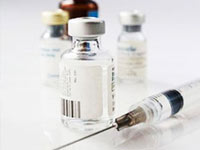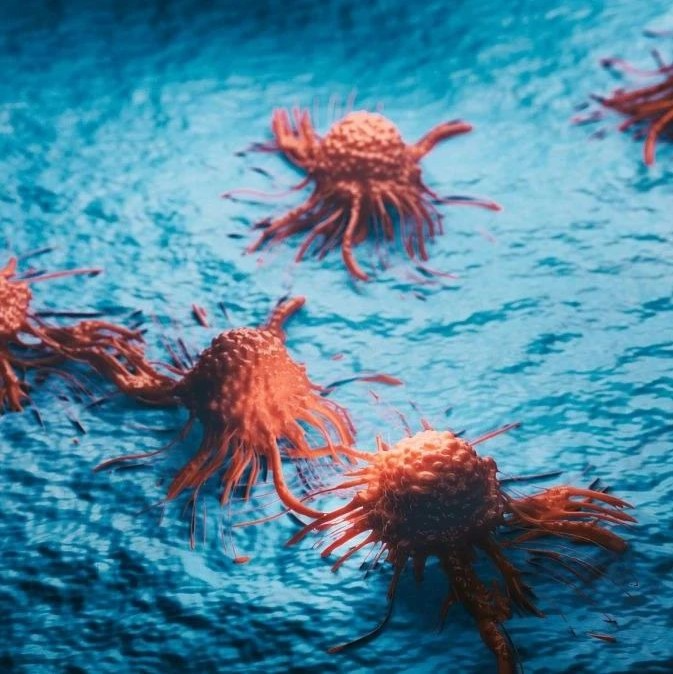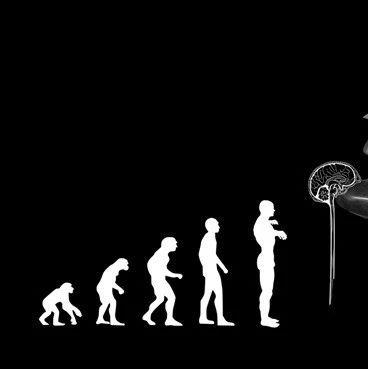
瑞典乌普萨拉大学研究人员日前开发出一种治疗糖尿病的新方法,这一方法不用注射胰岛素,而是通过在患者前臂肌肉中移植胰岛素分泌细胞来进行治疗。
据瑞典《乌普萨拉新报》2日报道,乌普萨拉大学的研究人员发现,胰岛素分泌细胞在移植到患者前臂肌肉中后,可促进患者体内生成能让这种细胞发挥作用的新血管。有了这些新血管,胰岛素分泌细胞大量繁殖并正常发挥作用,从而起到治疗糖尿病的作用。糖尿病患者以往之所以需要注射胰岛素,就是因为其体内分泌胰岛素的细胞受到损害不起作用了。
研究项目负责人米娅菲利普松说,多年来,研究人员一直在尝试通过向患者肝脏移植胰岛素分泌细胞的方法来治疗糖尿病,但由于无法促使肝脏部位生成足够的使这些细胞得以生存并发挥作用的新血管,因此效果不理想。
这一研究成果已发表在最新一期美国《糖尿病》杂志网络版上(吴平)。
推荐英文摘要:
Diabetes doi:10.2337/db10-0205
Clinical and Experimental Pancreatic Islet Transplantation to Striated Muscle
Establishment of a Vascular System Similar to That in Native IsletsGustaf Christoffersson1, Johanna Henriksn?s1, Lars Johansson2, Charlotte Rolny3, H?kan Ahlstr?m2, José Caballero-Corbalan2, Ralf Segersv?rd4, Johan Permert4, Olle Korsgren2, Per-Ola Carlsson1,5 and Mia Phillipson1
1Department of Medical Cell Biology, Uppsala University, Uppsala, Sweden;
2Department of Oncology, Radiology and Clinical Immunology, Uppsala University, Uppsala, Sweden;
3Department of Genetics and Pathology, Uppsala University, Uppsala, Sweden;
4Department for Clinical Science, Intervention and Technology, Karolinska Institutet, Stockholm, Sweden;
5Department of Medical Sciences, Uppsala University, Uppsala, Sweden.
OBJECTIVE Curing type 1 diabetes by transplanting pancreatic islets into the liver is associated with poor long-term outcome and graft failure at least partly due to inadequate graft revascularization. The aim of the current study was to evaluate striated muscle as a potential angiogenic site for islet transplantation.
RESEARCH DESIGN AND METHODS The current study presents a new experimental model that is found to be applicable to clinical islet transplantation. Islets were implanted into striated muscle and intraislet vascular density and blood flow were visualized with intravital and confocal microscopy in mice and by magnetic resonance imaging in three autotransplanted pancreatectomized patients. Mice were rendered neutropenic by repeated injections of Gr-1 antibody, and diabetes was induced by alloxan treatment.
RESULTS Contrary to liver-engrafted islets, islets transplanted to mouse muscle were revascularized with vessel densities and blood flow entirely comparable with those of islets within intact pancreas. Initiation of islet revascularization at the muscular site was dependent on neutrophils, and the function of islets transplanted to muscle was proven by curing diabetic mice. The experimental data were confirmed in autotransplanted patients where higher plasma volumes were measured in islets engrafted in forearm muscle compared with adjacent muscle tissue through high-resolution magnetic resonance imaging.
CONCLUSIONS This study presents a novel paradigm in islet transplantation whereby recruited neutrophils are crucial for the functionally restored intraislet blood perfusion following transplantation







